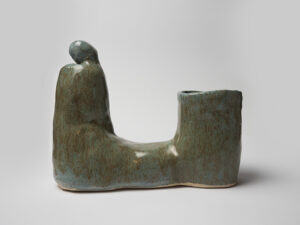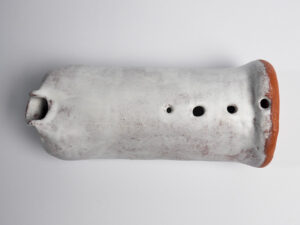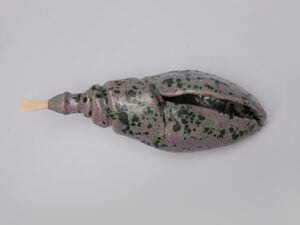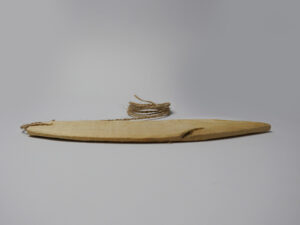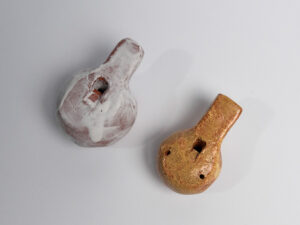Near and Remote Memory Activation Practices, w/ Tatiana Heuman
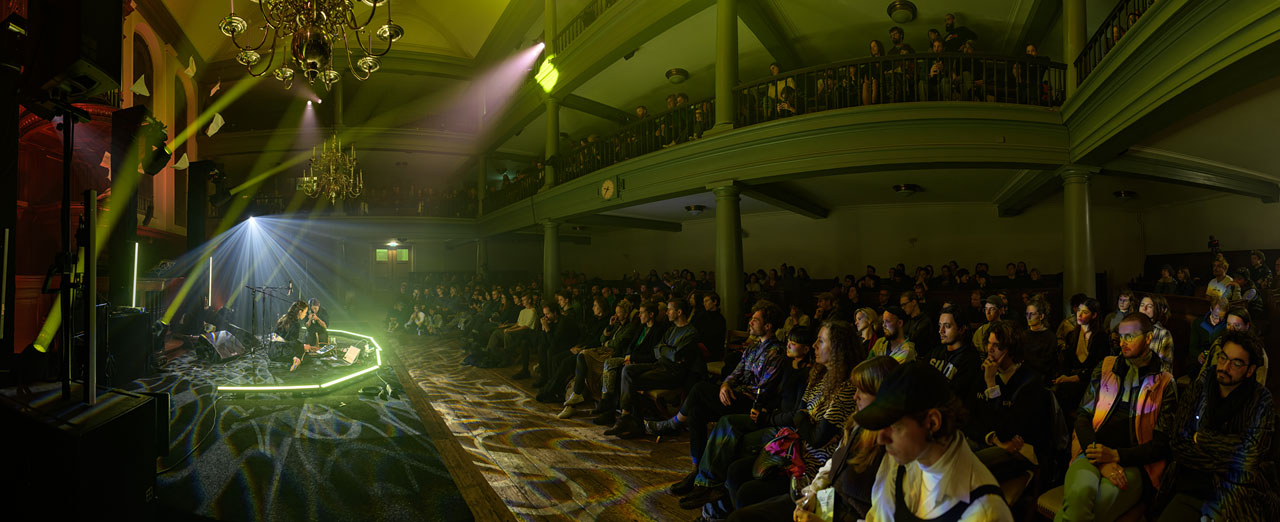
THIS PROJECT BENEFITED FROM THE AMPLIFY COLLABORATION FUND, SUPPORTED IN PARTNERSHIP WITH THE BRITISH COUNCIL AND CANADA COUNCIL FOR THE ARTS.
Near and Remote Memory Activation Practices is a live performance by the Peruvian and Argentinian artists and experimental instrumentalists Ale Hop and Tatiana Heuman. It premiered in Amsterdam at Sonic Acts Academy 2022. A Berlin premiere is currently being planned.
Inspired by South American traditional and ancient artifacts, the artists crafted instruments from clay, wood and seeds, such as whistle bottles, multi-timbral flutes, rattles, and shell and water trumpets. The live performance with the self-made instruments focuses on exploring: the timbre qualities of the elements (clay, water, wood, etc.), the textures that evoke soundscapes, the cosmovision inscribed in the artifacts, and the interplay of technology and embodiment as an improvisation means.
As the backbone of the research, they use two comprehensive organological studies, the seminal book from Carlos Vega, “Los instrumentos musicales aborígenes y criollos de la Argentina”, and the Peruvian study from Cesar Bolaños, “Mapa de los instrumentos musicales de uso popular en el Peru.”
starting point
Facing the challenge of presenting a proposal within the framework of an initiative of digital creation, technology and innovation, the artists began the project by questioning our artistic practices, as musicians and sound artists “working with technology” (that is, with computers, electronic instruments, and other devices of limited lifespan) in relation to our ecologically wounded world.
They considered the importance of a broader definition of technology within their disciplines, which led them to the idea of making other types of tools visible, like the musical instruments of the people that inhabited the territories where they were born (Argentina and Peru), and whose manifestations still exist in communities silenced by ideas of progress.
The artists decided to fabricate their own instruments, not to become expert instrument crafters throughout the project, nor to create a reinterpretation of what could have been the musical past of these territories, but to explore the sound technologies and languages that these tools can afford. Furthermore, to use this knowledge to create original artifacts and a live performance.
INSTRUMENT CATALOG





